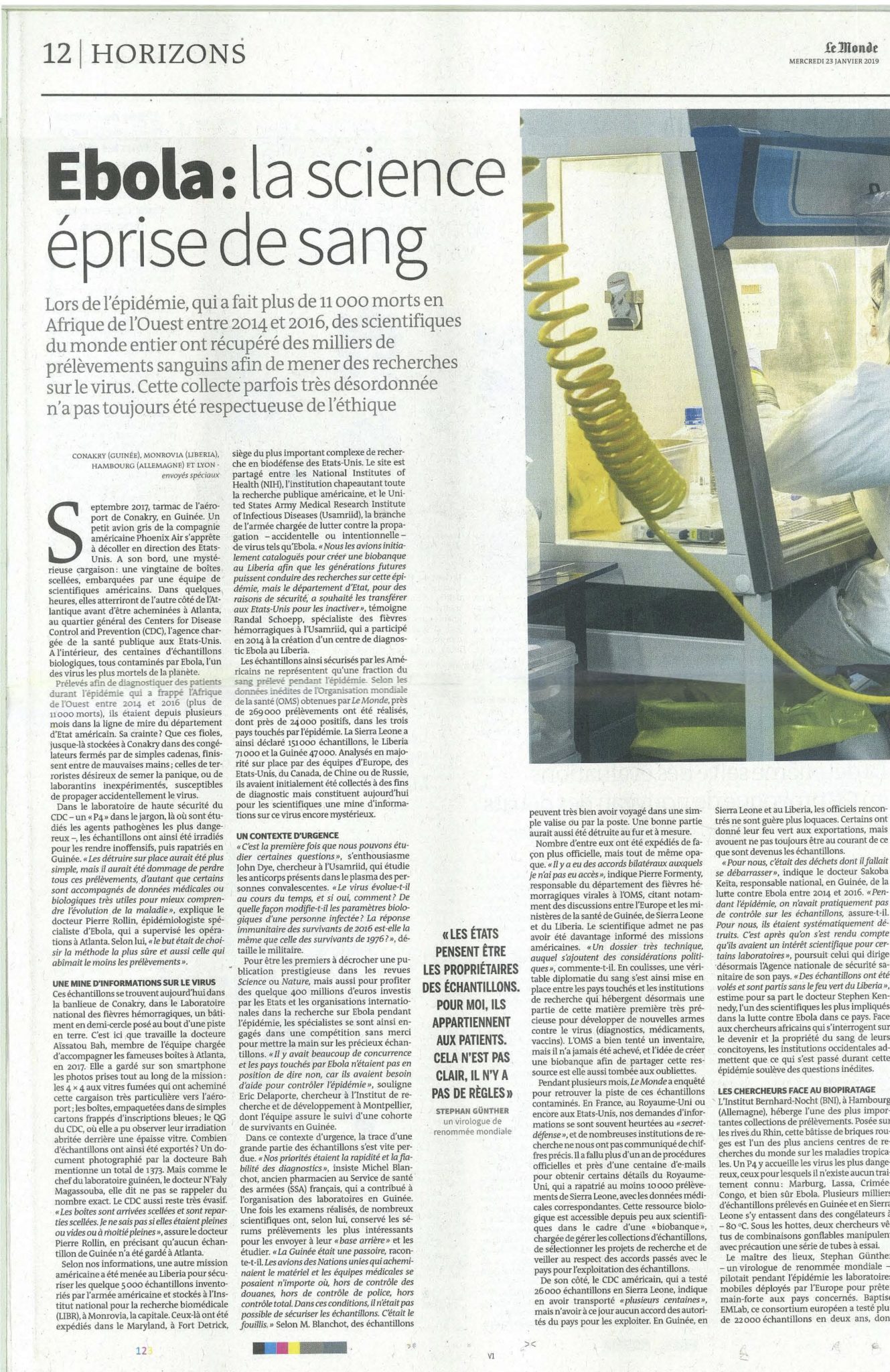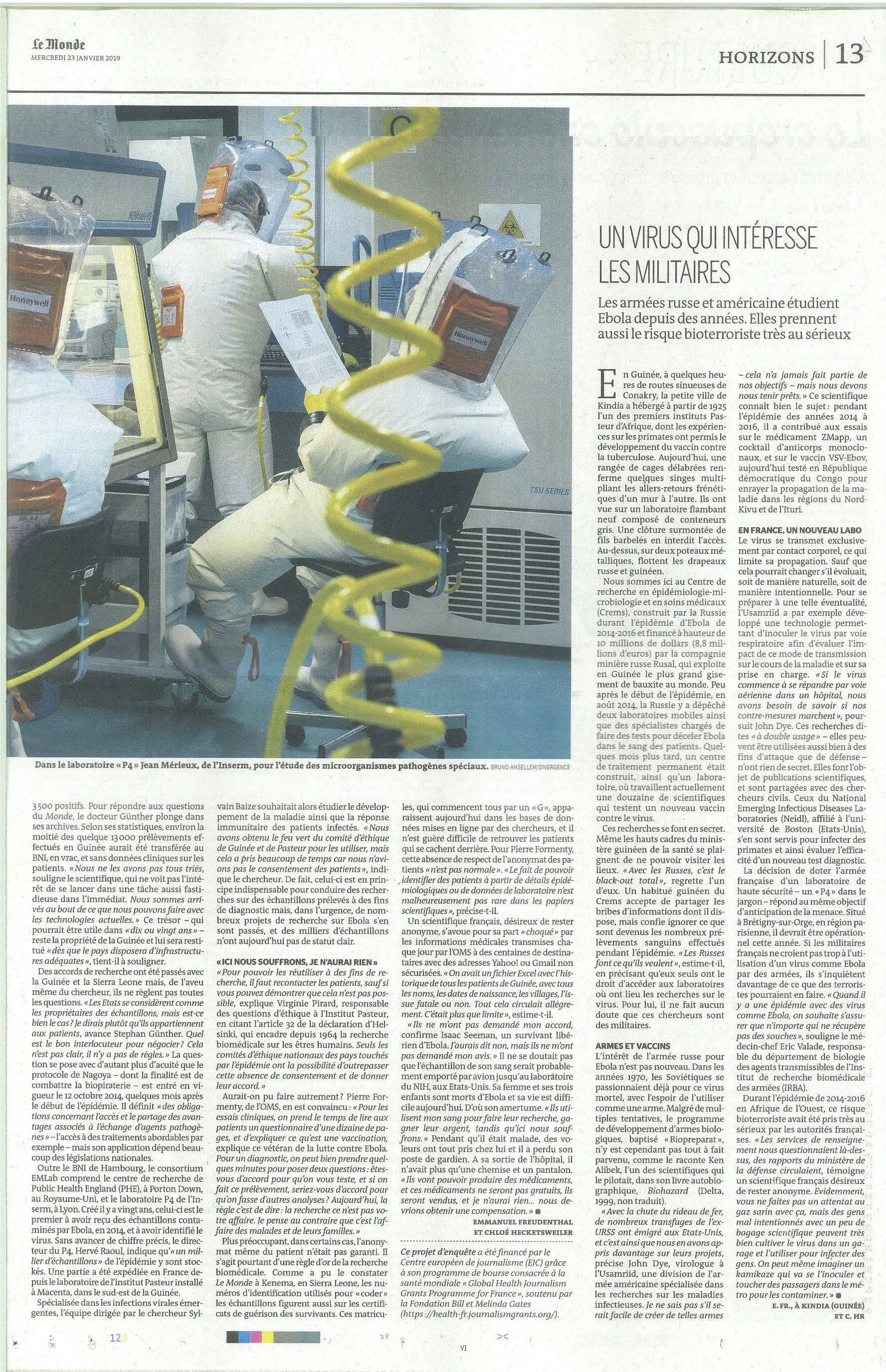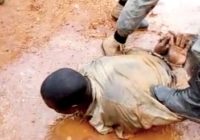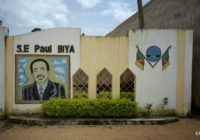Where are the samples extracted from patients during the 2014-2016 Ebola outbreak in West Africa?
To investigate this, I did nearly a hundred freedom of information requests and spent a month in Guinea, Sierra Leone and Liberia.
Over 269,000 were samples taken from patients to diagnose them for Ebola, those who were positive were taken for treatment and the others were sent home. Whether cured or not, these patients didn’t know that their blood would be used for research, they hadn’t given their consent to it.
Regardless, their samples were sent all over the world: US, France, Germany, UK, Hungary, Australia, Canada, and probably Russia and China. Today, they are being studied in high-security labs to develop treatment and vaccines against Ebola.
Many of the researchers from the countries affected by Ebola are upset that the samples have left because they cannot use them for their own research. In many cases it’s not clear whether any products developed with the samples will benefit the countries (and patients) that contributed them.
This is reminiscent of the story of Henrietta Lacks, a black American woman who was treated for cancer in the 1940s and died. When she was at the hospital, a tissue sample taken from her without consent, cultivated and sent all over the world. Her prolific cell-line was extremely useful for research but her family did not benefit. They only found out much later about the research.
Her story, like the Ebola blood samples raised complex questions of consent and equal access to treatment.
Le Monde published this story on its cover page and spread over a double page (below, in French). It was also published in English in the Daily Telegraph.
The story was later picked up by Wired, the Financial Times and Le Devoir.
The investigation was financed with a grant of the European Journalism Center
See the results of an ongoing Freedom of Information request to Public Health England




